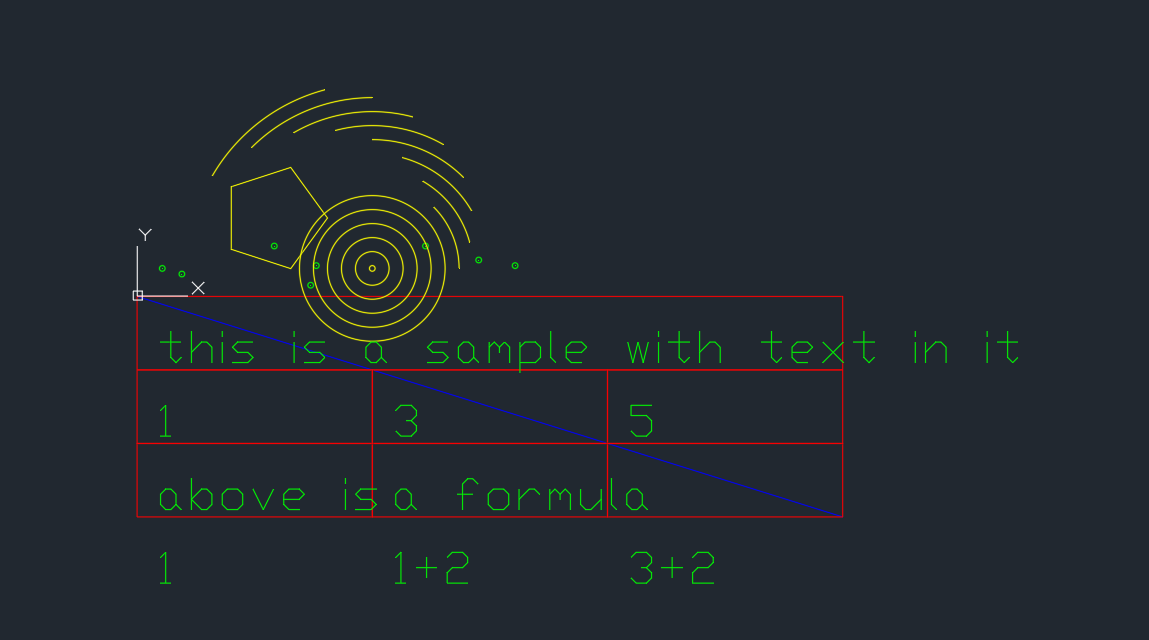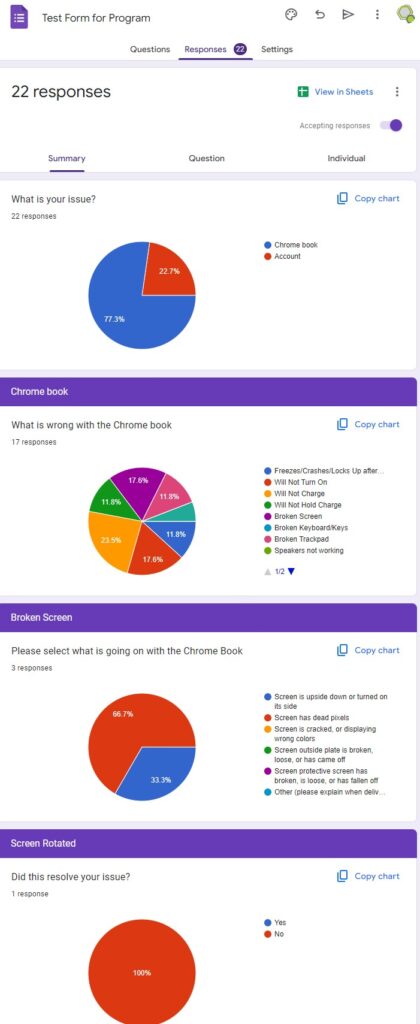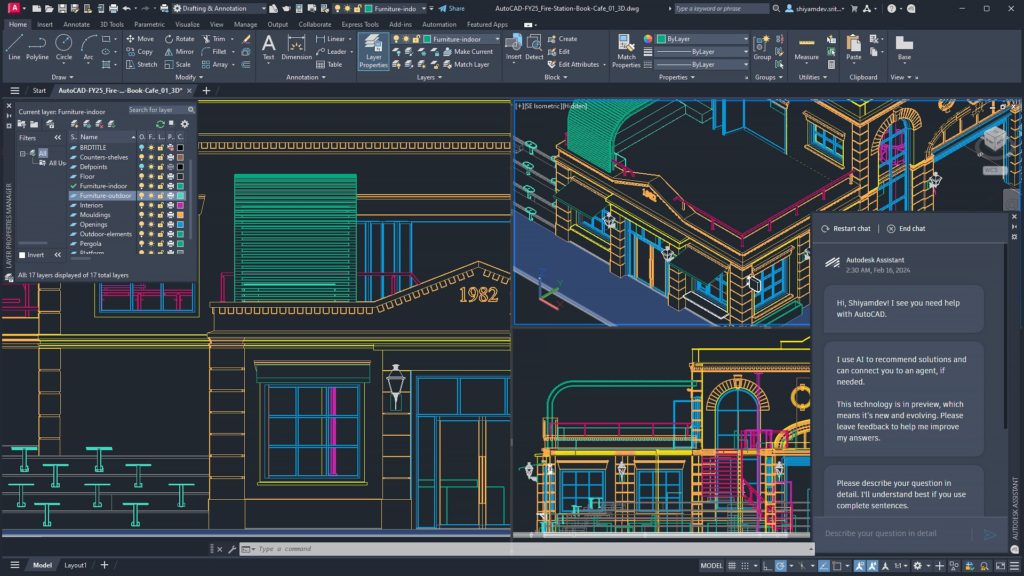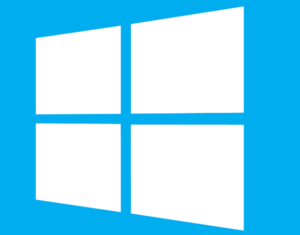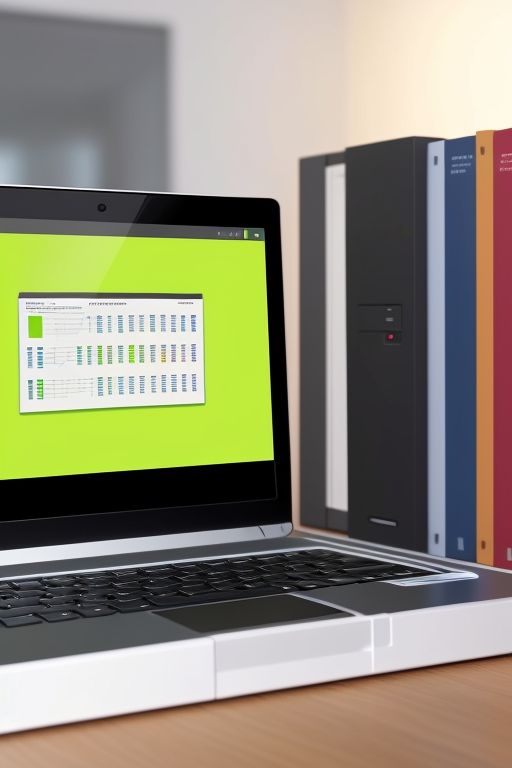Mastering Access Control: Effectively Managing Sharing and Permissions in Google Drive
 Top 5 Tricks to Maximize your Google Drive Permissions
Top 5 Tricks to Maximize your Google Drive Permissions
Managing access to files and ensuring proper sharing permissions is vital for maintaining data security and collaboration efficiency in Google Drive. In this blog post, we will delve into the best practices and techniques for efficiently overseeing access and permissions in Google Drive, empowering you to have full command over your files. Whether you’re collaborating on a team project or sharing files with external partners, comprehending these essential features will enhance your productivity and safeguard your data.
-
Grasping the Fundamentals: Sharing Files in Google Drive
Sharing files in Google Drive is as easy as a few clicks. Navigate to the file you wish to share, right-click on it, and select “Share.” A dialog box will appear, allowing you to specify the recipients’ email addresses or Google accounts. However, sharing is just the initial step; ensuring appropriate permissions is equally important.
But what if you do not know the recipient’s email, or it is for a future customer or client? This is something we will cover in step 4.
-
Customizing Permissions: Controlling Access Levels
Google Drive provides multiple access levels to grant varying degrees of permissions to users. Let’s explore the key access levels and their implications:
- Viewer: Viewers can only observe the file or folder but cannot make any alterations. This access level is ideal for sharing files that require read-only access, such as sharing reports or presentations.
- Commenter: Commenters have the ability to view the file and leave comments but cannot make any direct modifications. This level of access fosters collaboration and allows stakeholders to provide feedback without altering the original content.
- Editor: Editors possess full editing privileges and can make changes to the file or folder. This access level is suitable for team members actively working on a project, enabling seamless collaboration.
- Owner: Owners have complete control over the file or folder, including the ability to change sharing settings and delete the file. Exercise caution when assigning this level of access, as it grants extensive control over the shared content.
-
Sharing Options: Enhancing Collaboration and Security
Google Drive offers additional sharing options to improve collaboration and ensure data security. Consider the following features:
- Link Sharing: Instead of sharing files individually, you can generate a shareable link and distribute it to multiple users. This method streamlines the sharing process and allows for broader dissemination of files.
- Expiration Dates: You can set expiration dates for shared files, ensuring that access is automatically revoked after a specified time. This feature is particularly useful when sharing time-sensitive or confidential documents.
- Password Protection: To add an extra layer of security, you can password-protect shared files. Only users with the correct password can access the content, providing an additional safeguard against unauthorized access.
-
Use Direct Download Link Generator
When sending or sharing files with other people, unless you specifically set up your files in a way that allow for users to make a direct copy of that document, files can be edited by accident or even deleted from the contained folder. Something scarry is if the receiver knows a little about Source Code Editing, they can even reverse engineer the URL to browse the contained folder the file is in. Crazy, right?
A way around this is to set up Direct Download Links. This way when someone clicks on the URL they are directed to a download instead of your Google Drive where all of your other files are located.
There are several options online for Google Drive Direct Download Link Generators, but there is only one that allows this for Google Docs, Sheets, Slides, Files and Folders. That program is G-Drive Linker.
G-Drive Linker is used for creating direct download links for your Google Drive files and folders. This allows you to simply send a link that will automatically download the file on the recipients’ computer. The free version has all the functionality as the full version, so there is nothing holding you back from using this amazing application.
-
Managing Permissions: Best Practices for Organizational Efficiency
Efficiently managing permissions is crucial to maintain an organized and secure Google Drive environment. Here are some best practices to consider:
- Regular Auditing: Conduct periodic audits to review and update permissions. Remove access for users who no longer require it, ensuring that only authorized individuals can access sensitive files.
- Folder-level Permissions: Instead of sharing files individually, create folders and assign permissions at the folder level. This approach simplifies access management and reduces the chances of overlooking specific files.
- Team Drives: Consider utilizing Team Drives, a shared space where all members have access to the same files. This helps streamline collaboration within teams and ensures everyone has the latest version of shared files.
- Sharing Notifications: Enable sharing notifications to stay informed about changes made to shared files. This allows you to quickly address any unauthorized access or modifications.

Conclusion:
Effectively managing sharing and permissions in Google Drive is crucial for maintaining data security and optimizing collaboration. By understanding the basics of sharing, customizing access levels, exploring sharing options, and implementing best practices, you can have full control over your stored files and folders.
 #GoogleDrivePermissions
#GoogleDrivePermissions- #DataSecurity
- #AccessManagement
- #CollaborationEfficiency
- #FileSharingBestPractices
- #PermissionLevels
- #SharingOptions
- #DirectDownloadLinks
- #FileSecurity
- #TeamDrive







